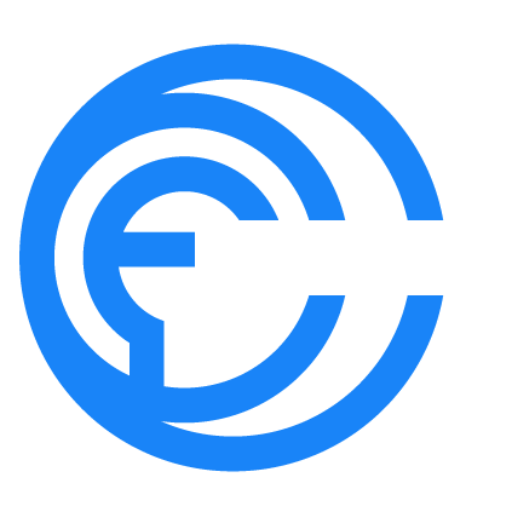Generative AI, Cybersecurity Among Top Risks for Healthcare Provider Organizations in 2025
As the healthcare landscape continues to evolve, the integration of advanced technologies and the increasing complexity of regulatory frameworks present both opportunities and challenges for healthcare provider organizations. According to an annual study by Kodiak Solutions, generative artificial intelligence (AI), cybersecurity threats, and compliance with federal healthcare regulations are among the top risks that health systems will face in 2025. This report, based on extensive discussions with leaders from major U.S. hospitals and health systems, sheds light on the multifaceted risks that keep healthcare executives awake at night.
The Promise and Perils of Generative AI
Generative AI and machine learning technologies hold immense potential for enhancing operational efficiency, improving patient experiences, and alleviating the burdens faced by healthcare professionals. However, the rapid adoption of these technologies also introduces significant risks that must be carefully managed.
To ensure the safe and effective use of generative AI, internal auditors are encouraged to assess several critical areas:
-
Quality and Integrity of Data Sets: The effectiveness of AI systems largely depends on the quality of the data they are trained on. Ensuring that data sets are accurate, comprehensive, and free from bias is essential for reliable AI outcomes.
-
Cross-Functional Process Development: Implementing AI solutions requires collaboration across various departments. Establishing clear processes and oversight mechanisms is crucial to facilitate smooth integration.
-
Governance and Legal Frameworks: Organizations must develop robust policies and governance structures to oversee the ethical use of AI, ensuring fairness and compliance with legal standards.
- Training and Support: As AI technologies are integrated into clinical workflows, ongoing training and support for staff are vital to promote safe and responsible usage, ultimately safeguarding patient safety and security.
In addition to generative AI, Kodiak Solutions identified challenges related to revenue cycles and workforce management as significant operational risks that warrant increased oversight.
Rising Cybersecurity Threats
The healthcare sector is increasingly vulnerable to cybersecurity threats, which can have devastating consequences for patient care and organizational stability. Hospitals and health systems face risks not only from direct attacks on their own information systems but also from vulnerabilities within their vendor networks.
A notable example is the Change Healthcare data breach, which resulted in widespread payment disruptions for many providers, highlighting the financial ramifications of third-party cyberattacks. To combat these threats, healthcare organizations must prioritize:
-
Business Continuity Planning: Developing robust business continuity capabilities is essential for recovering from cybersecurity incidents and minimizing disruption to patient care.
-
System Access Management: Implementing stringent access controls can help prevent unauthorized access to sensitive information and systems.
- Biomedical Device Security: As medical devices become increasingly interconnected, ensuring their security is critical to protecting patient data and maintaining operational integrity.
Compliance Risks: Navigating Complex Regulations
In addition to technological challenges, healthcare organizations must navigate a complex web of compliance requirements. Recent audits and discussions with healthcare leaders have underscored the growing risks associated with the No Surprises Act, price transparency regulations, and the 340B drug discount program. Non-compliance in these areas can lead to severe financial penalties, including:
-
Repayment of Discounts: Poor compliance with the 340B program can result in the need to repay discounts to pharmaceutical manufacturers, which can strain financial resources.
- Expulsion from Programs: Organizations that fail to adhere to compliance standards risk being expelled from critical programs, further impacting their financial viability.
To mitigate these compliance risks, robust internal auditing processes are essential. These audits serve as a crucial line of defense, identifying potential issues before they escalate into significant problems. Furthermore, they provide a roadmap for enhancing training, policies, and processes to ensure ongoing compliance.
Conclusion
As healthcare provider organizations prepare for the challenges of 2025, the risks associated with generative AI, cybersecurity, and compliance cannot be overlooked. The insights from Kodiak Solutions highlight the need for vigilance and proactive risk management strategies to safeguard patient care and organizational integrity. By prioritizing internal audits, enhancing training, and fostering cross-functional collaboration, healthcare leaders can navigate these complexities and position their organizations for success in an increasingly dynamic environment.


